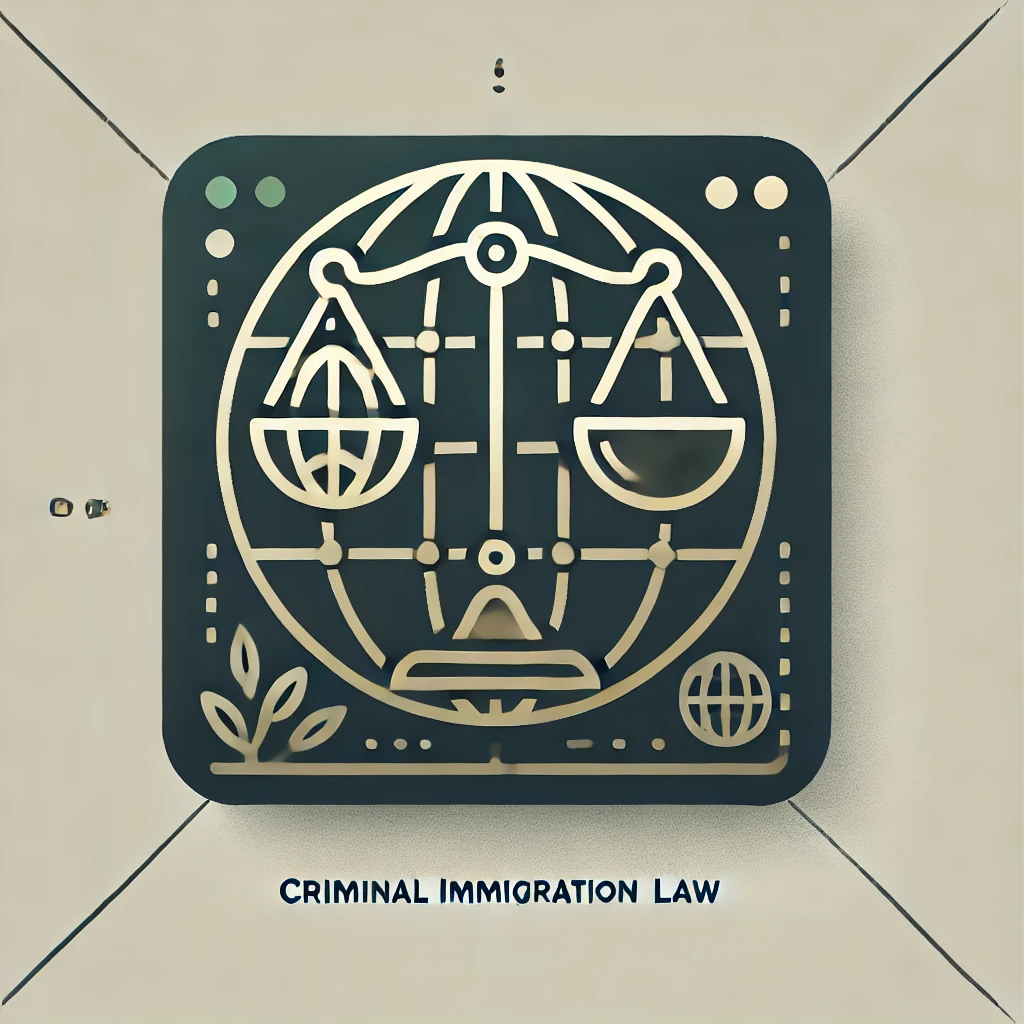- Introduction to Extreme Hardship Letters
- Definition and Purpose
- Importance in Immigration Cases
- Understanding the Requirements
- Criteria for Extreme Hardship
- Documentation Needed
- Examples of Extreme Hardship Situations
- Health-related Hardships
- Financial Hardships
- Family Separation
- Country Conditions
- Structuring Your Extreme Hardship Letter
- Introduction
- Description of Hardship
- Supporting Documentation
- Conclusion
- Sample Extreme Hardship Letter
- Example 1: Health-Related Hardship
- Example 2: Financial Hardship
- Example 3: Family Separation
- Tips for Writing an Effective Letter
- Be Honest and Specific
- Use Clear and Concise Language
- Provide Relevant Evidence
- Seek Professional Help if Necessary
- Common Mistakes to Avoid
- Exaggeration
- Lack of Supporting Evidence
- Inconsistencies
- Importance of Legal Assistance
- Role of Immigration Attorney
- Benefits of Professional Guidance
- Conclusion
Examples of Extreme Hardship Letters for Immigration
Extreme hardship letters play a crucial role in immigration cases, especially when individuals are seeking waivers or relief from certain immigration requirements. These letters serve as a means to demonstrate the severe challenges an individual or their family would face if certain immigration actions were taken. Let’s explore some examples of extreme hardship letters for immigration cases.

1. Health-Related Hardship
Imagine a scenario where the applicant’s spouse suffers from a serious medical condition requiring specialized treatment only available in the United States. In this case, the extreme hardship letter would detail the medical condition, the unavailability of suitable treatment in the applicant’s home country, the financial burden of medical expenses, and the emotional toll on both the applicant and their spouse.
2. Financial Hardship
Another example could involve a family facing significant financial difficulties due to the applicant being the primary breadwinner. The extreme hardship letter would outline the family’s financial situation, including income, debts, and expenses. It would also highlight any specific circumstances, such as the inability to find suitable employment in the home country or the lack of access to basic necessities.
3. Family Separation
Family separation is a common concern in immigration cases, especially when children are involved. An extreme hardship letter in this situation would describe the emotional impact of being separated from family members, the importance of maintaining familial bonds, and any adverse effects on the well-being and development of the children.
Get free and fast advice via WhatsApp for any questions you have!
Contact Us on WhatsAppThese examples illustrate the diverse range of hardships that individuals may face in immigration proceedings. Each letter should be tailored to the specific circumstances of the case and include compelling evidence to support the claims of extreme hardship.
Tips for Writing an Effective Letter
Tips for Writing an Effective Extreme Hardship Letter for Immigration Purposes
1. Be Honest and Specific
- Truthfulness: Provide truthful and detailed information about the hardships you or your family would endure if the immigration action is taken. Honesty is crucial; avoid exaggeration or embellishment, as this can undermine the credibility of your letter.
- Specificity: Detail the specific hardships with concrete examples. Explain how the immigration action would affect you and your family’s day-to-day life, emotional well-being, and overall stability.
2. Use Clear and Concise Language
- Clarity: Keep your letter clear, concise, and easy to understand. Avoid unnecessary jargon or complexity.
- Simplicity: Use straightforward language to convey your points effectively. This makes your letter accessible and ensures that the reader can easily grasp the hardships you are describing.
3. Provide Relevant Evidence
Looking for in-depth legal counsel? Call us or visit our contact page to schedule a paid consultation.
Call Us Visit Our Contact Page- Supporting Documents: Support your claims of extreme hardship with relevant evidence. This could include medical records, financial documents, or expert opinions.
- Demonstration of Validity: This evidence strengthens your case by demonstrating the validity of your claims. Organize and reference these documents clearly within your letter.
4. Seek Professional Help if Necessary
- Expert Guidance: If you’re unsure about how to draft your extreme hardship letter or need assistance gathering supporting documentation, consider seeking help from an experienced immigration attorney.
- Legal Standards: An attorney can provide valuable guidance and ensure that your letter meets the necessary legal standards, increasing the likelihood of a favorable outcome.
By following these tips, you can effectively communicate the hardships you or your family would face in immigration proceedings and increase the likelihood of a favorable outcome.
Additional Tips:
5. Personalize Your Letter
- Individual Impact: Explain how the potential immigration action specifically impacts you and your family uniquely, rather than making general statements.
- Personal Stories: Incorporate personal anecdotes and stories to make your letter more compelling and relatable.
6. Address the Consequences
- Short-term and Long-term Effects: Discuss both the immediate and long-term effects of the potential immigration action on your life and the lives of your family members.
- Multiple Aspects: Consider the emotional, physical, financial, and social consequences to provide a holistic view of the hardships.
7. Proofread and Edit
- Accuracy: Ensure that your letter is free of grammatical and typographical errors. This maintains professionalism and clarity.
- Feedback: Have someone else review your letter to provide feedback and catch any mistakes you might have missed.
Example Structure of an Extreme Hardship Letter:
-
Introduction:
- Briefly introduce yourself and your relationship to the individual facing immigration action.
- State the purpose of the letter.
-
Personal Background:
- Provide background information about your family, employment, and current living situation.
-
Detailed Hardships:
- Describe the specific hardships you and your family would face if the immigration action is taken. Use subheadings for different types of hardships (e.g., financial, medical, emotional).
- Include personal anecdotes and stories to illustrate your points.
-
Supporting Evidence:
- Mention the attached documents that support your claims (e.g., medical records, financial statements).
- Briefly explain what each piece of evidence demonstrates.
Conclusion
Extreme hardship letters are powerful tools in immigration cases, allowing individuals to demonstrate the significant challenges they would face if certain immigration actions were taken. By understanding the requirements, structuring your letter effectively, and providing compelling evidence, you can strengthen your case and improve your chances of success.
FAQs
- What is an extreme hardship letter?
- An extreme hardship letter is a document submitted in immigration cases to demonstrate the severe challenges an individual or their family would face if certain immigration actions were taken.
- What are some common examples of extreme hardships?
- Examples of extreme hardships include health-related challenges, financial difficulties, family separation, and adverse country conditions.
- How can I write an effective extreme hardship letter?
- To write an effective extreme hardship letter, be honest and specific, use clear and concise language, provide relevant evidence, and seek professional help if necessary.
- What should I avoid when writing an extreme hardship letter?
- Avoid exaggeration, lack of supporting evidence, and inconsistencies in your extreme hardship letter, as these can undermine its credibility.
- Why is legal assistance important in immigration cases?
- Legal assistance from an experienced immigration attorney can provide valuable guidance in drafting your extreme hardship letter, gathering supporting documentation, and navigating the complexities of immigration law.
Get complimentary general advice via email or WhatsApp!
For more in-depth legal counsel, phone or office consultations are available for a flat fee for up to 40 minutes.
Contact Us on WhatsApp Visit Our Contact PageDynamic Letter Generator
“Support those who need it most.”
Create personalized support letters to help your loved ones navigate immigration, legal, or community challenges. Show their character, contributions, and positive impact on their community. Make a difference today!
Survey with Pie Chart
Share your opinion!
Select an option below to see how your response contributes to the overall results.
